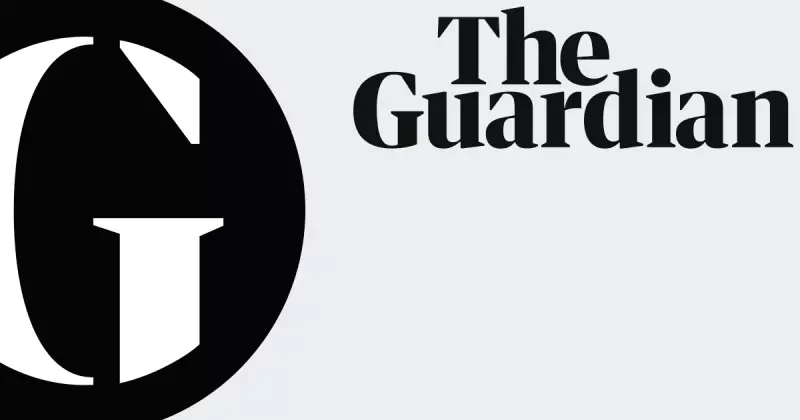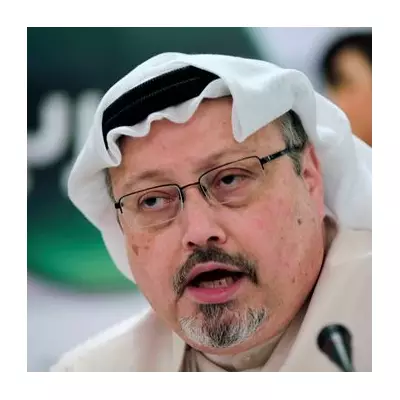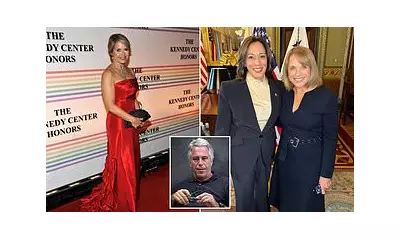
The recent ceasefire agreement in Gaza has sparked intense debate across political circles, with former US President Donald Trump positioning himself as the architect of the fragile peace. But how much of this diplomatic breakthrough can genuinely be attributed to his involvement?
The Delicate Negotiations
According to analysis from Today in Focus podcast, the path to ceasefire was anything but straightforward. Multiple parties were involved in the complex negotiations, with several international mediators working behind the scenes for months. The agreement comes after prolonged conflict that has devastated the region and drawn international condemnation.
Trump's Role Under Scrutiny
While Trump has publicly claimed significant credit for the breakthrough, experts suggest the reality is more nuanced. His involvement appears to have been one piece of a much larger puzzle, with established diplomatic channels and regional partners playing crucial roles in bringing both sides to the table.
Political Motivations and Timing
The timing of Trump's heightened involvement raises questions about political motivations. With elections looming, foreign policy successes become valuable currency. The podcast explores whether this represents genuine diplomatic achievement or strategic positioning for domestic political gain.
Regional Reactions and Future Stability
Initial reactions from Middle Eastern nations have been cautiously optimistic, though concerns remain about the ceasefire's longevity. The agreement faces significant challenges in implementation, with historical precedents suggesting fragile ceasefires often collapse without sustained international pressure and local buy-in.
As the dust settles, the international community watches closely to see whether this agreement represents a turning point in the conflict or merely another temporary pause in the violence.





